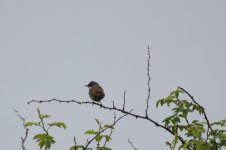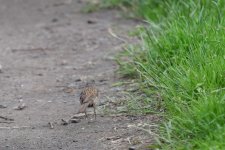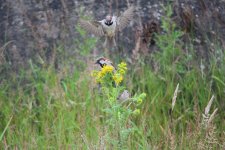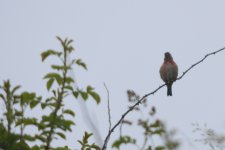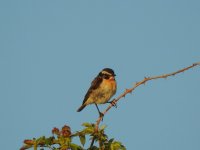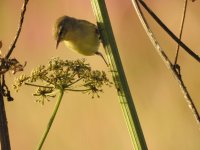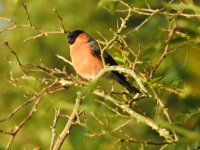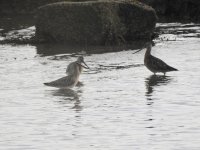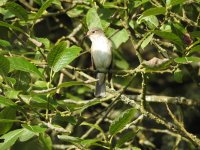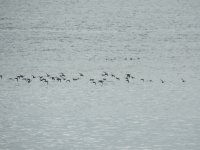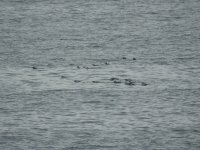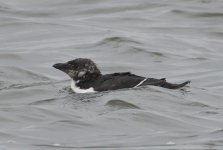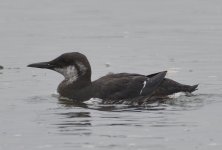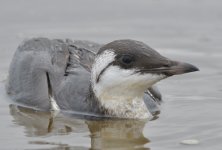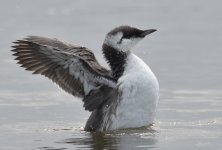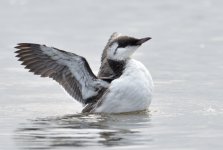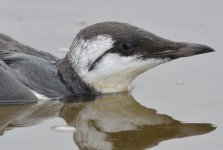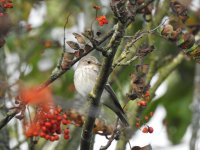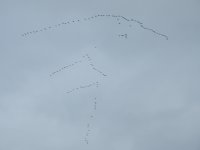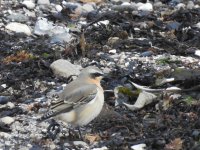Wednesday, I made an afternoon visit to the loch, then walked the strip from the Seafield end. Typical summer birding, with not a lot to report. The birds are calling less and showing less. Numbers of recently fledged birds showing.
Good to see that the pair of Great crested Grebes are hanging on at the loch. Only other highlight were House Sparrows at the bottom edge of the field know as Mid-Mire. A personal patch tick for me, but one I probably could have got a long while ago.
The strip was even quieter than the loch. Some distant auks photographed. I've not looked at the photos yet, but am assuming Guillemot/Razorbill to add to the single Razorbill that was close enough to ID with the binocs.
Yesterday morning, I headed back to the loch. a more extensive wander added a few more species than on Wednesday's list, but nothing unexpected.
Good to see that the pair of Great crested Grebes are hanging on at the loch. Only other highlight were House Sparrows at the bottom edge of the field know as Mid-Mire. A personal patch tick for me, but one I probably could have got a long while ago.
The strip was even quieter than the loch. Some distant auks photographed. I've not looked at the photos yet, but am assuming Guillemot/Razorbill to add to the single Razorbill that was close enough to ID with the binocs.
Yesterday morning, I headed back to the loch. a more extensive wander added a few more species than on Wednesday's list, but nothing unexpected.





